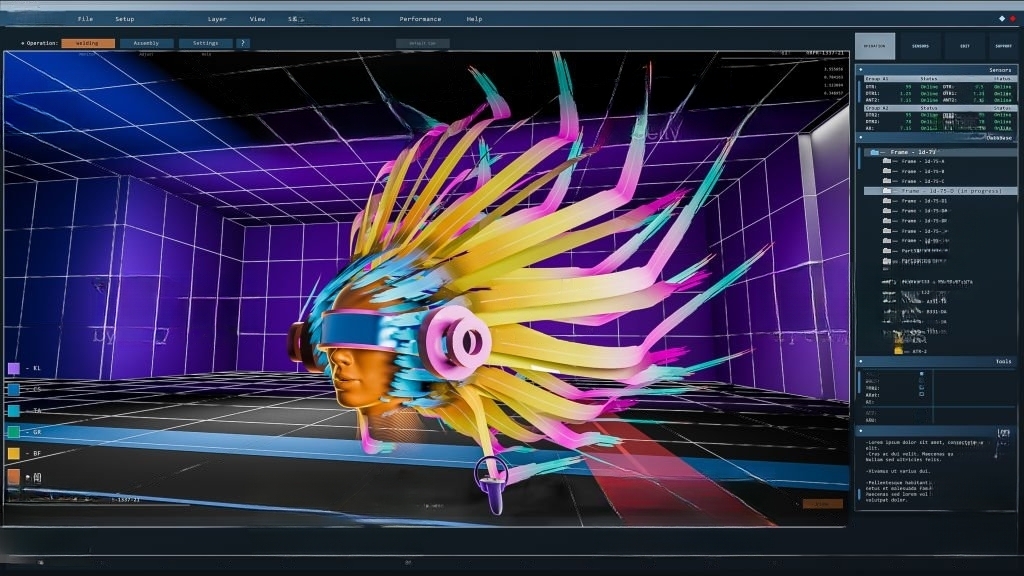Creating a new human avatar from virtual reality (VR) involves a combination of technologies and processes. Here are the general steps involved:
- 3D Scanning: To create a realistic human avatar by 3D animation, the initial step is to obtain a high-quality 3D scan of a person’s body and face. This can be done using specialized 3D scanning equipment, such as depth-sensing cameras or laser scanners. The scanning process captures the geometry and texture details of the person’s physical appearance.
- Motion Capture: To animate the human avatar realistically, motion capture technology is used. This involves capturing the movements and gestures of a person using sensors or cameras. The captured data is then mapped onto the 3D model of the avatar, enabling it to replicate the movements and expressions of the person.
- Rigging and Animation: Once the 3D model of the avatar is created and the motion capture data is obtained, the next step is to rig the model. Rigging involves creating a skeleton structure and assigning control points to specific parts of the model. This allows for animation by manipulating the rig controls to create lifelike movements of the avatar.
- Texturing and Shading: To make the avatar visually appealing and realistic, textures and shading are applied to the 3D model. Textures provide the avatar with surface details such as skin tones, hair, clothing, and other visual elements. Shading techniques enhance the appearance of the model by simulating light interactions and material properties.
- Facial Animation: Creating realistic facial expressions and movements is crucial for an accurate human avatar. Facial animation techniques, such as blend shapes or bone-based animation, are used to animate the facial features of the avatar. This includes replicating facial expressions, lip-syncing, and eye movements to make the avatar appear lifelike and responsive.
- Integration into Virtual Reality: Once the human avatar is fully created and animated, it can be integrated into a virtual reality environment. This involves importing the avatar model into a VR platform or game engine and setting up the necessary interactions and behaviors within the virtual environment. The avatar can then be controlled and experienced within the VR space.
It’s important to note that creating a highly realistic human avatar from VR requires advanced technical expertise, specialized equipment, and dedicated software. It is a complex process that involves a combination of scanning, animation, and integration techniques.










